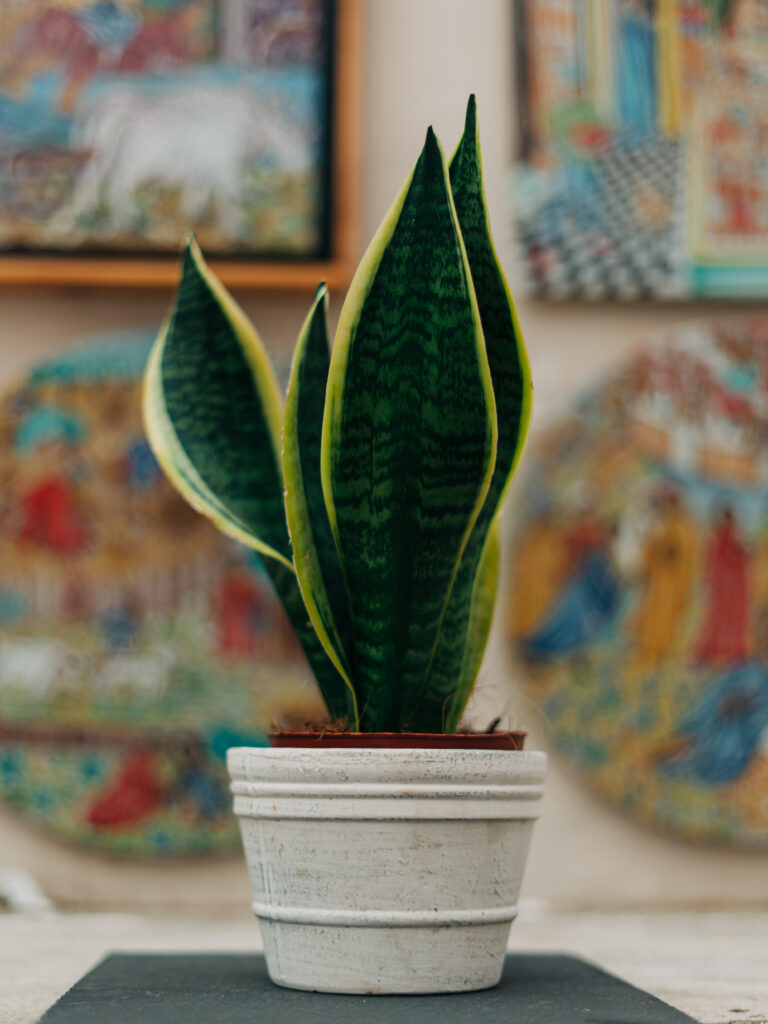When you’re looking to enhance your rooms with greenery, but space is at a premium, small houseplants are just the thing to add tropical flair without creating clutter. Small houseplants are ideal for those just dipping their toes into the world of indoor gardening, as they’re low-maintenance, easy to care for, and can thrive in a variety of conditions. Plus, they won’t break the bank, as they’re readily available at most garden centers and online retailers. Whether you’re living in a cozy studio or a sprawling mansion, small houseplants can infuse any room with a burst of color and vitality.
In this article, we’ll delve into some of the best small houseplants for beginners, and offer up some sage advice on how to keep them thriving.
Factors to Consider When Choosing the Best Small Houseplants
When it comes to selecting small houseplants, there are a plethora of factors to take into account. These factors will aid you in determining which plants are most suitable for your abode and way of life.
1. Lighting: The amount of light required varies from plant to plant. Some plants flourish in bright, direct sunlight, while others prefer indirect or low light. It is essential to consider the lighting conditions in your home and select plants that will thrive in those conditions.
2. Watering: The frequency of watering varies from plant to plant. Some plants require frequent watering, while others can go for weeks without water. It is crucial to consider how often you are willing to water your plants and choose plants that fit your watering schedule.
3. Size: Small houseplants come in a variety of sizes, from tiny succulents to larger plants that can grow up to a few feet tall. It is vital to consider the size of your space and choose plants that will fit comfortably in your home.
4. Maintenance: The amount of maintenance required varies from plant to plant. Some plants require more maintenance than others. It is crucial to consider how much time and effort you are willing to put into caring for your plants and choose plants that fit your lifestyle.
5. Air quality: Some plants are known for their air-purifying properties and can help improve the air quality in your home. If you are looking to improve the air quality in your home, it is essential to consider choosing plants that have this benefit.
By taking these factors into account, you can select small houseplants that will thrive in your home and bring beauty and joy to your space.
The 5 Best Small Houseplants for Low Light Environments
Fear not, dear reader, if your humble abode is lacking in the natural light department! There are still a plethora of petite plants that can flourish in low light environments. Behold, the top 5 small houseplants for such conditions:
Snake Plants
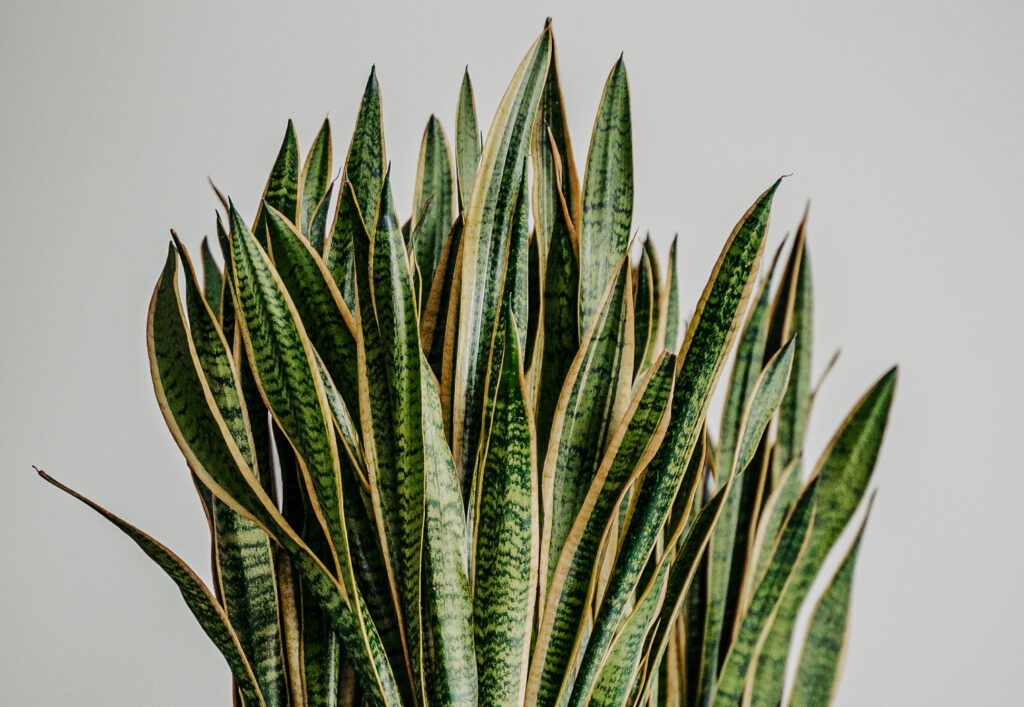
The Snake Plant, also known as mother-in-law’s tongue, is a resilient plant that can withstand almost any lighting condition. Its long, upright leaves come in a variety of hues and patterns, making it a chic addition to any room.
ZZ Plant
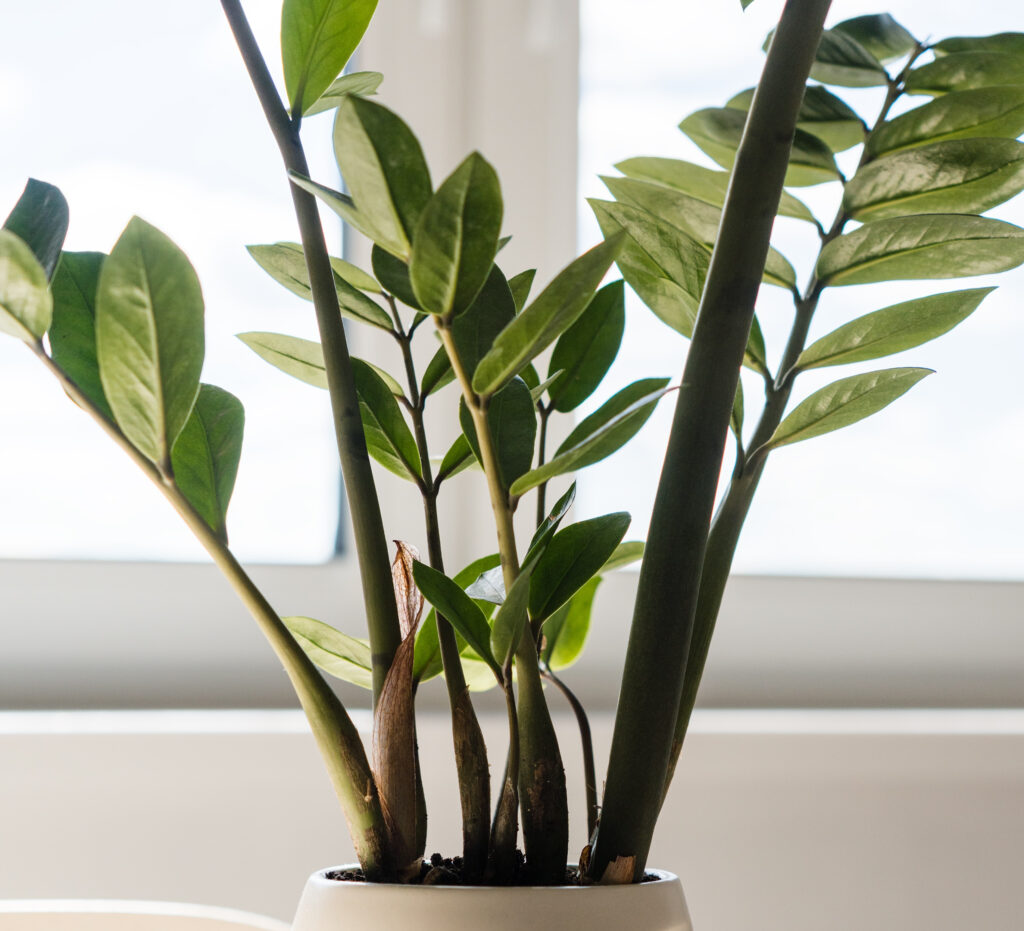
The ZZ Plant is another low-maintenance option that can survive in low light environments. Its glossy, dark green leaves grow in a graceful, arching shape.
Pothos Marble Queen
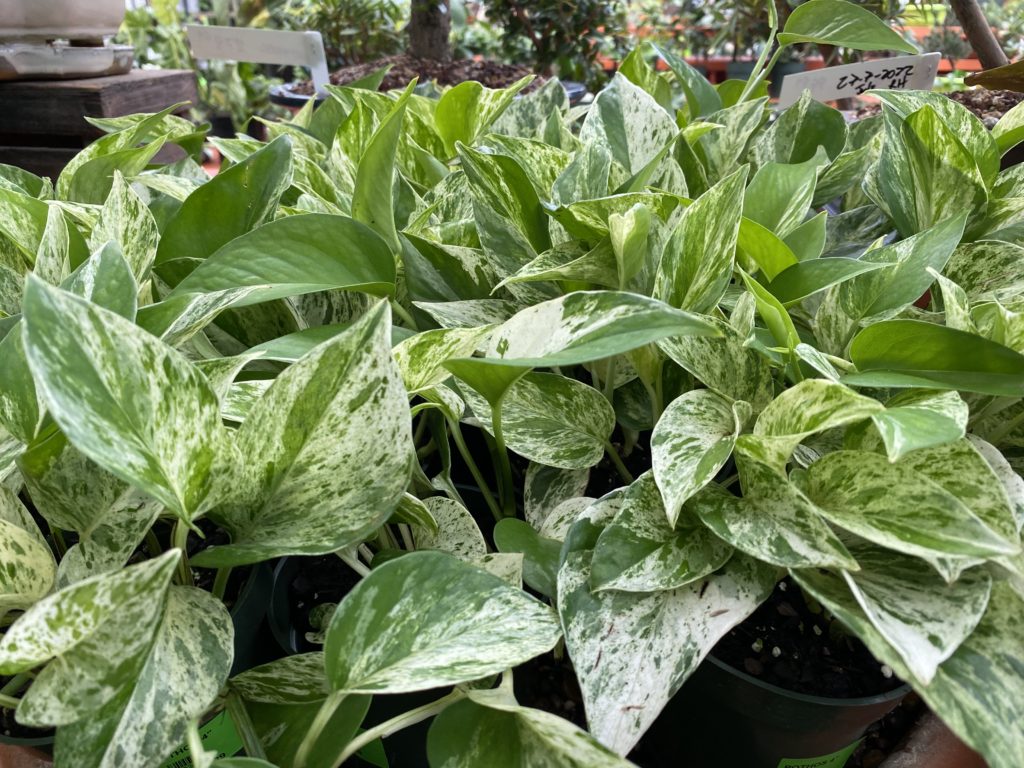
Pothos, a trailing plant, is perfect for hanging baskets or perching on a high shelf. Its heart-shaped leaves come in a range of colors, from verdant green to variegated yellow and white like the pictured Marble Queen variant. Whichever type of Pothos you choose, you’ll end up with a beautiful, compact plant that can grow in a variety of lighting conditions.
Peace Lily
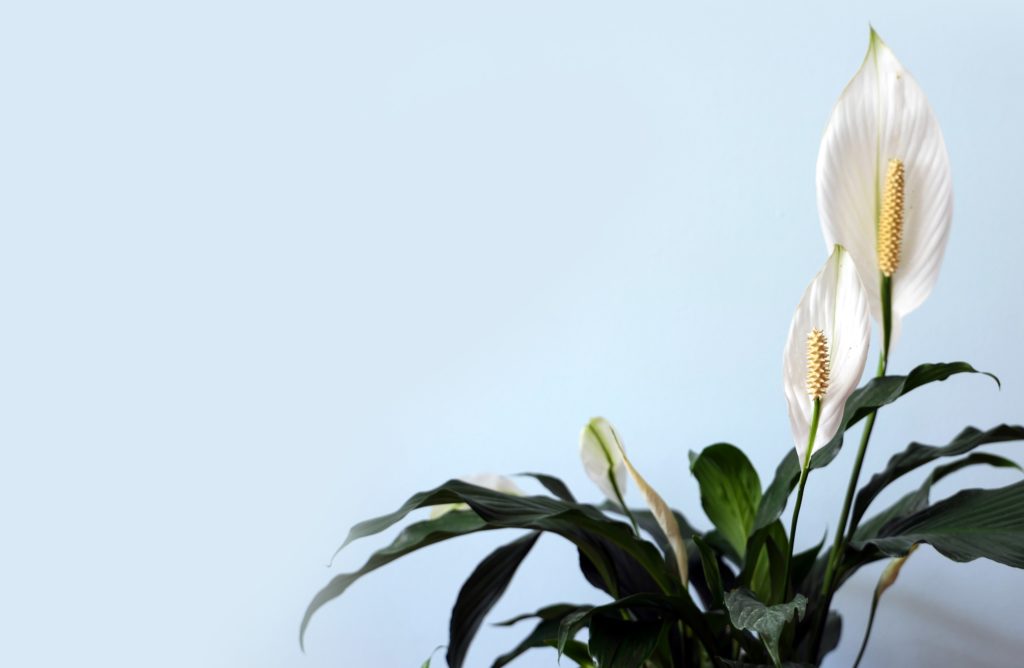
The Peace Lily is a stunning plant that produces white flowers in the spring and summer. While it can survive in low light environments, it does require regular watering to keep its soil moist.
Spider Plants
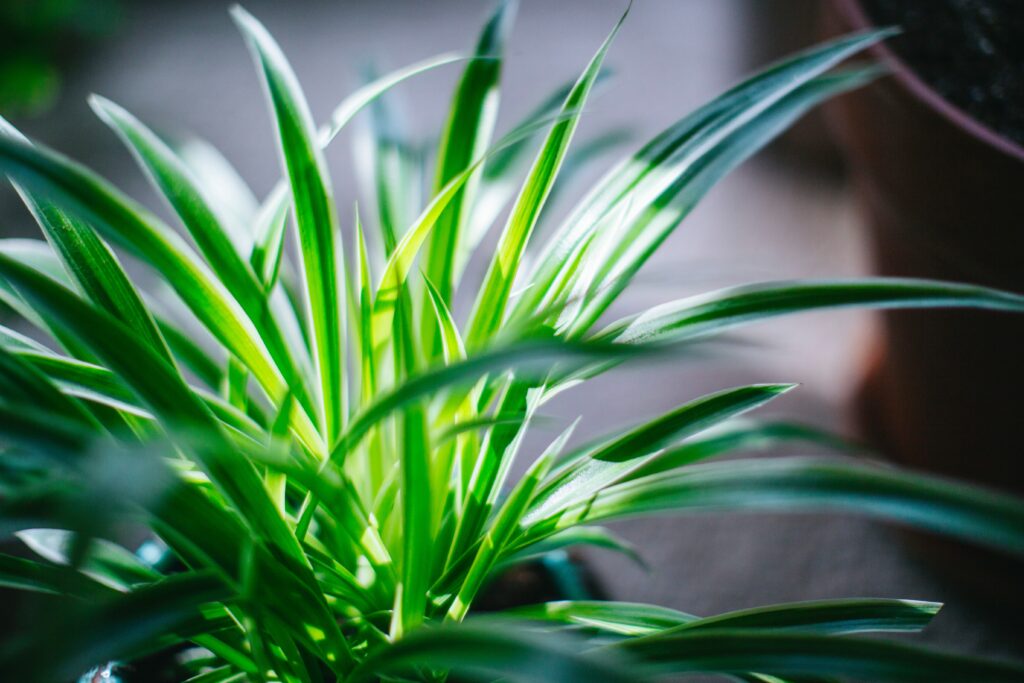
The Spider Plant is a classic houseplant that is easy to care for and can thrive in low light environments. Its long, slender leaves grow in a spider-like shape, and it produces petite white flowers in the summer. This plant can get large if allowed, but is also perfectly fine to stay in smaller containers, making them perfect for rooms that are tight on space.
The 4 Best Small Houseplants for Bright Light Environments
Short on space, but the space you have happens to have perfect light? That open up the floor for more options of plants small in stature that can thrive in bright light. Here are the top 5 small houseplants that are tailor-made for bright light:
Succulents
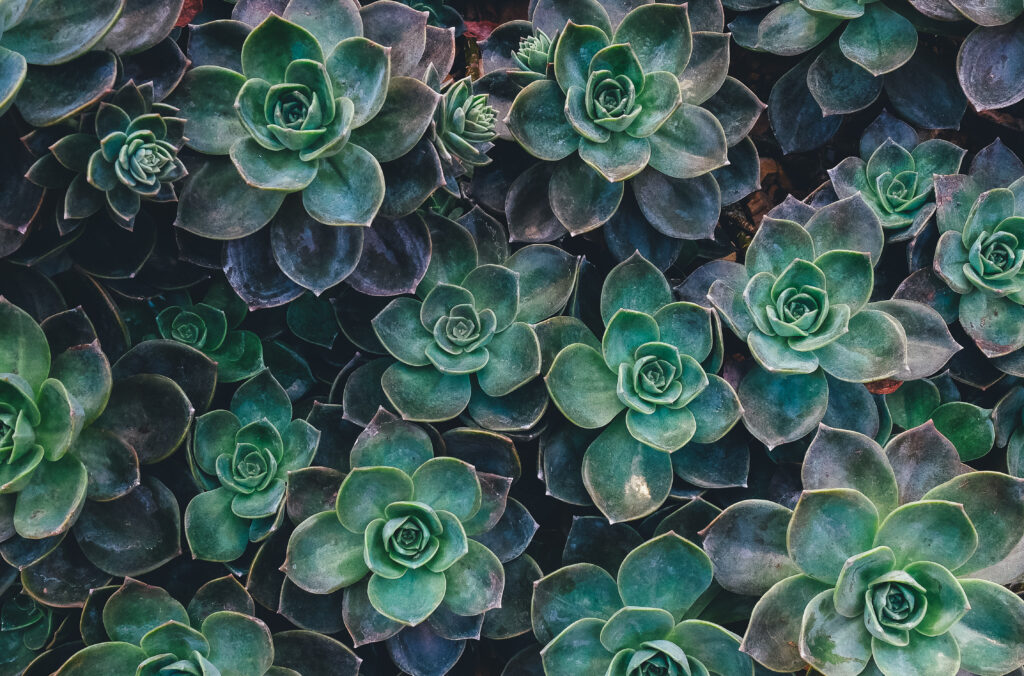
Succulents are all the rage when it comes to bright light environments, as they are absolutely smitten with the sun and lack the prickly spikes of cacti. They come in a wide array of shapes and sizes, making them a versatile addition to any space. The Burro’s Tail, Fang Feltbrush, Panda Plant and various Echeveria succulents are great choices and readily available at most nurseries.
Spider Plant Bonnie
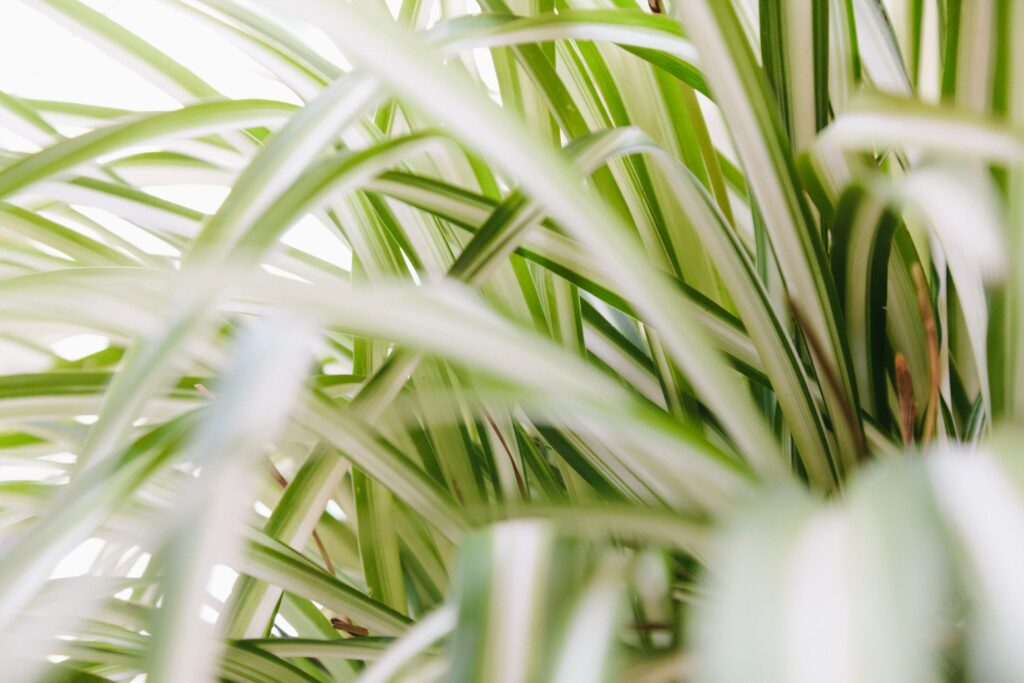
Spider plants are renowned for their air-purifying prowess, which makes them an excellent choice for any room in your home. They also thrive in bright light environments and are a breeze to take care of. The “Bonnie” variant looks like a classic Spider Plant, but sports curlier leaves for a more compact appearance.
Jade Plant
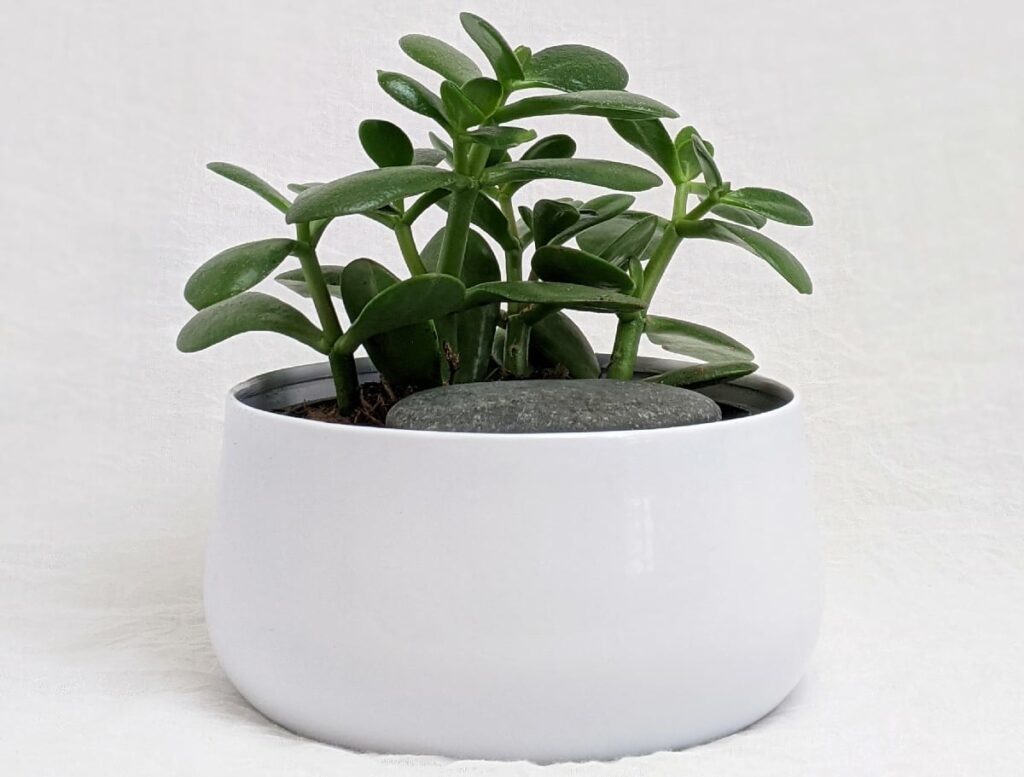
Jade plants are a type of succulent that are famous for their thick, fleshy leaves. They are head over heels in love with bright light and can even tolerate direct sunlight, which makes them a perfect fit for a sunny windowsill.
Aloe Vera
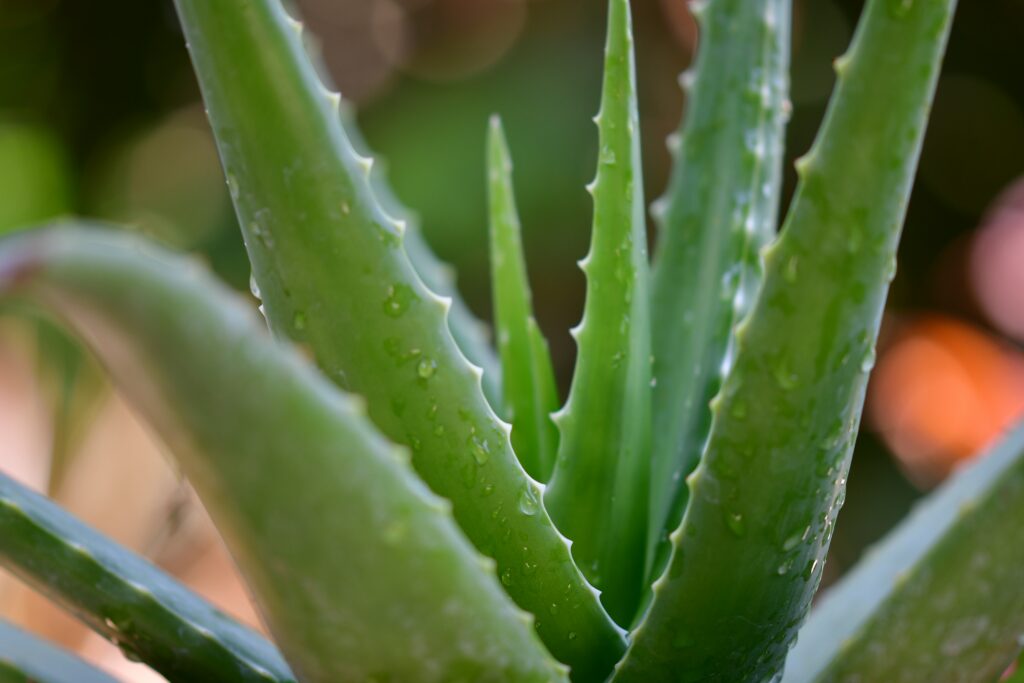
Aloe vera is another succulent that is enamored with bright light environments. Not only is it a cinch to take care of, but it also boasts a plethora of health benefits, including soothing sunburns and improving air quality.
Philodendron Birkin
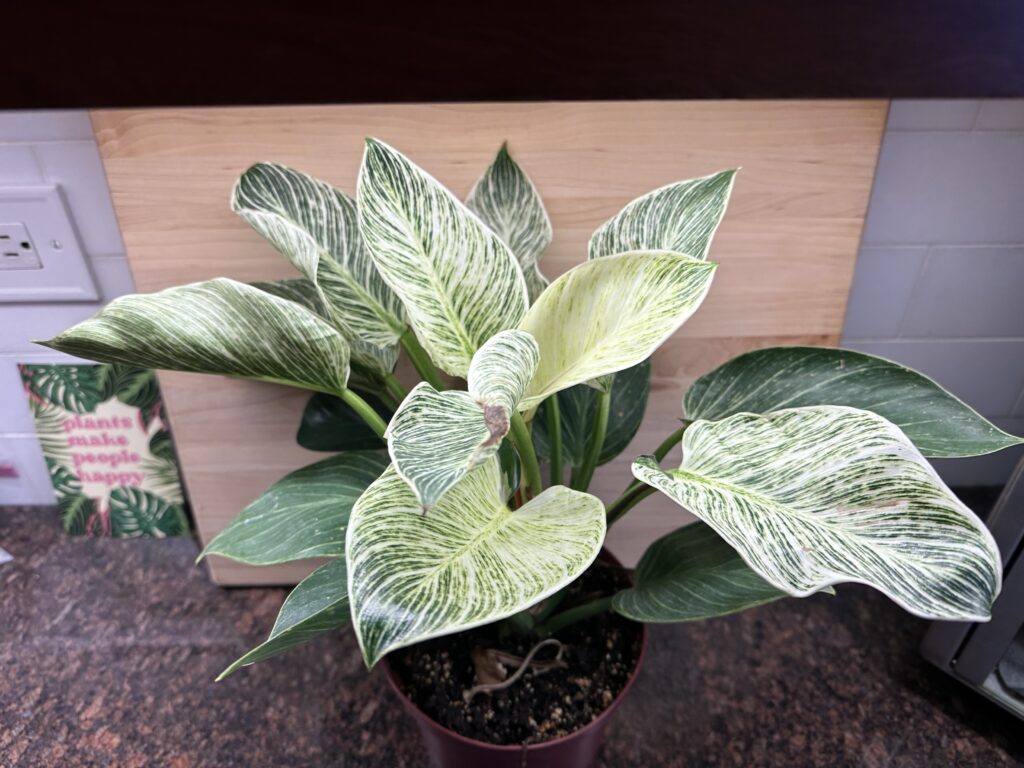
It’s not the only Philodendron to make our best small houseplants list, but the Philodendron Birkin is a top favorite among plant collectors. The Birkin needs bright light to maintain it’s stunning variegated leaf patterns that subtly fade as the leaves age, with newer shoots arriving in nearly all-white coloration. If you have a small space and bright light, this stunning plant may be a great match for you.
The 5 Best Small Houseplants for Air Purification
Indoor air pollution is a major concern for many people, especially those who live in urban areas. The complexity of the issue is not to be underestimated, as it can have serious health implications. Fortunately, there are several small houseplants that can help purify the air in your home. These plants are not only aesthetically pleasing, but they also have the ability to remove harmful toxins from the air. Here are the top 5 small houseplants for air purification:
Spider Plant Reverse
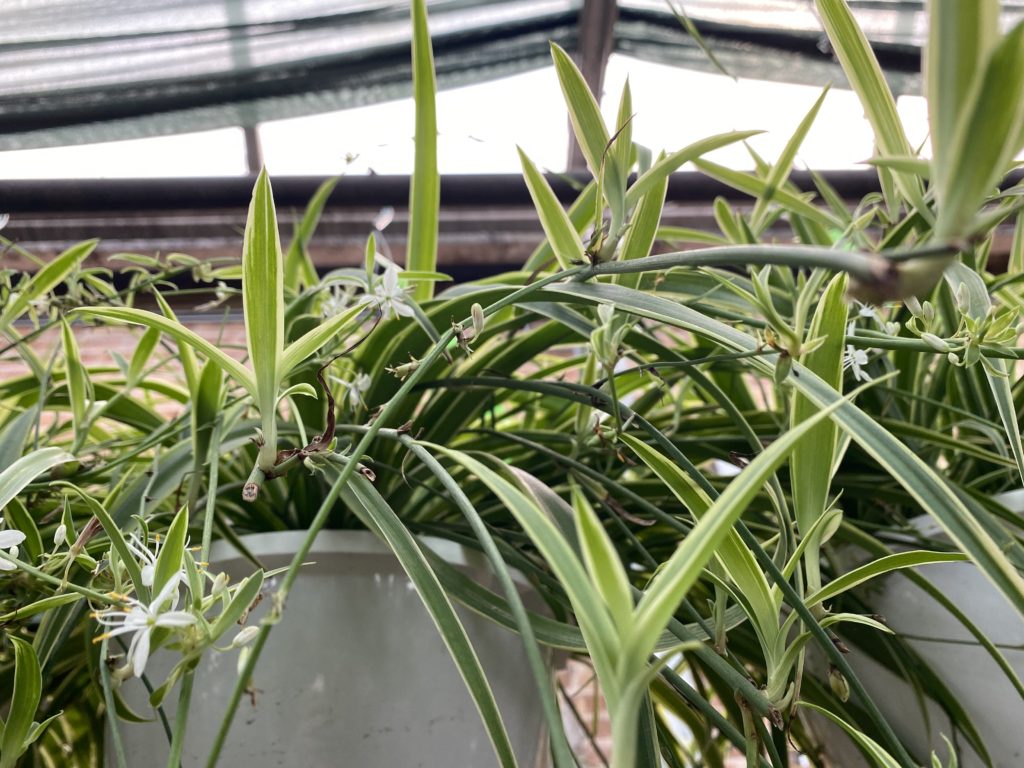
The Spider Plant Reverse completes the trifecta of mentions in this article. Spider plants are one of the most popular houseplants for air purification. They are easy to care for and can remove harmful toxins such as formaldehyde and benzene from the air. As this variant’s name implies, the Reverse sports a mostly lime green leaf with a stunning white pencil outline. Their unique appearance adds a burst of character to any room.
Peace Lily
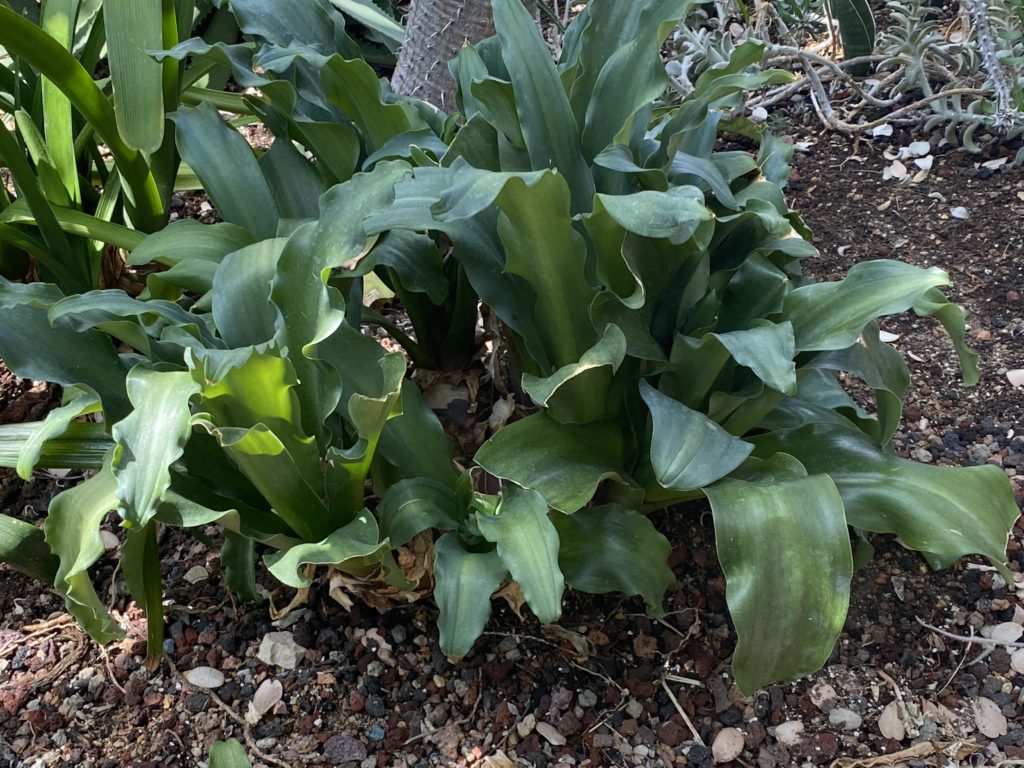
Peace lilies are another great option for air purification. They have the ability to remove toxins such as ammonia, benzene, and formaldehyde from the air. Additionally, their elegant white flowers add a touch of sophistication to any space.
Snake Plant Sansevieria “Frozen”
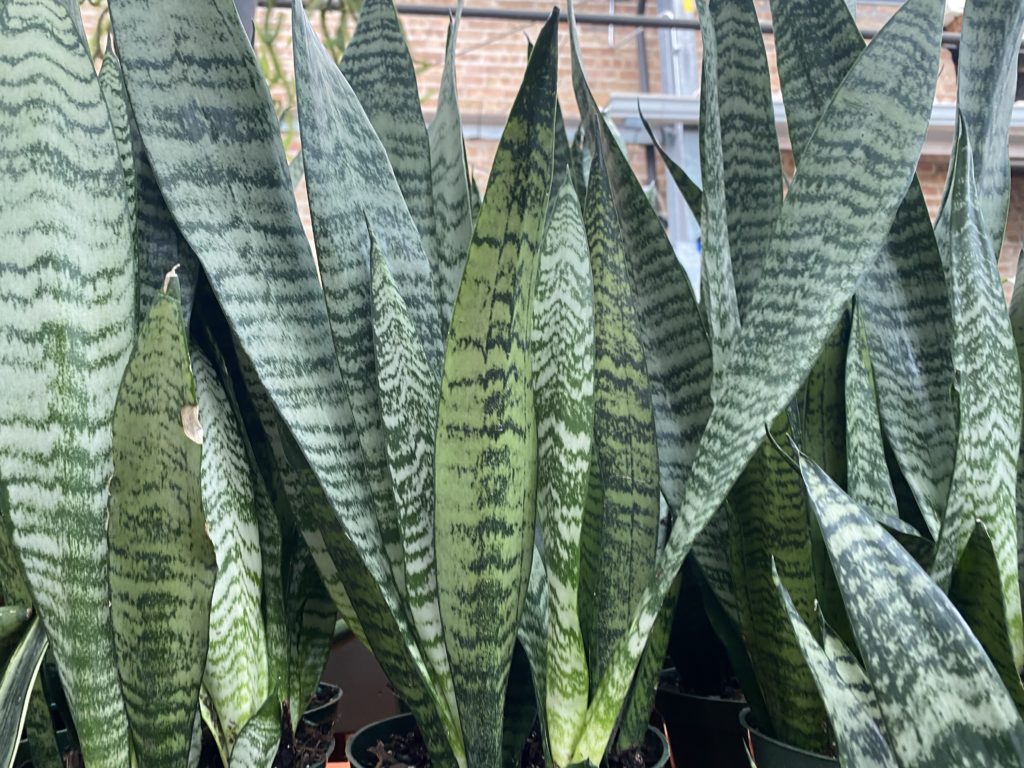
Snake plants are known for their ability to remove toxins such as formaldehyde, benzene, and trichloroethylene from the air. They are also very easy to care for and can thrive in low light conditions. Their unique shape and texture add a burst of complexity to any room.
Aloe Vera
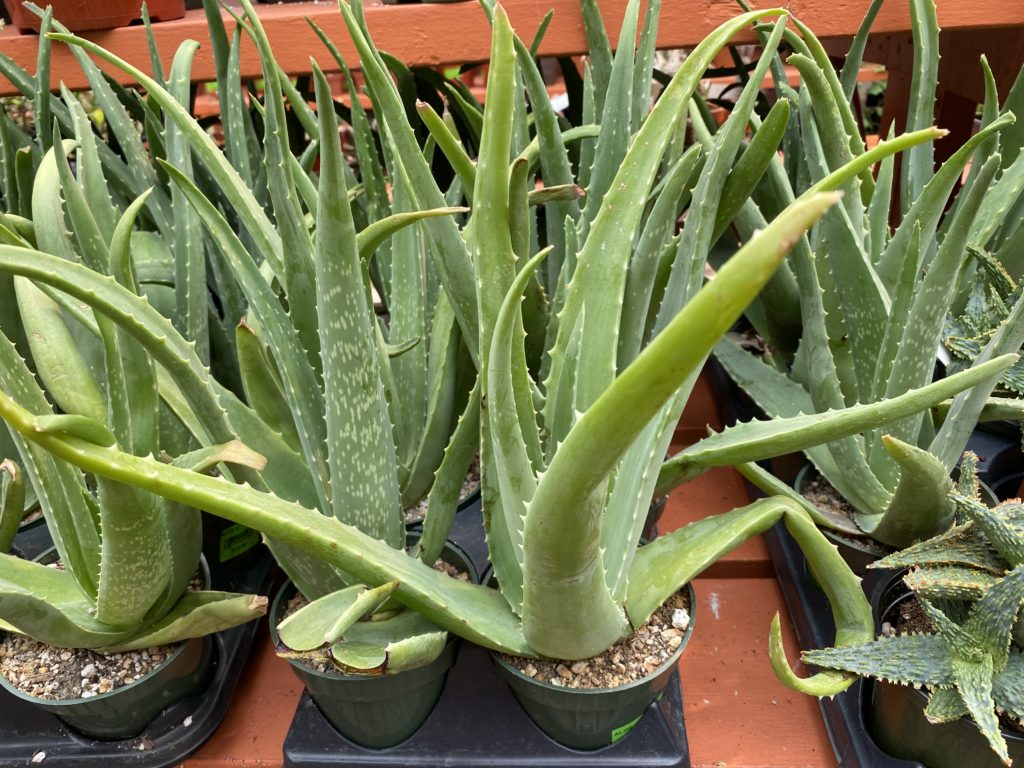
Aloe vera is not only great for soothing sunburns, but it can also help purify the air in your home. It has the ability to remove toxins such as formaldehyde and benzene from the air. Aloe vera plants also require very little maintenance, making them a great option for busy homeowners. Their versatility adds a burst of intrigue to any space.
English Ivy
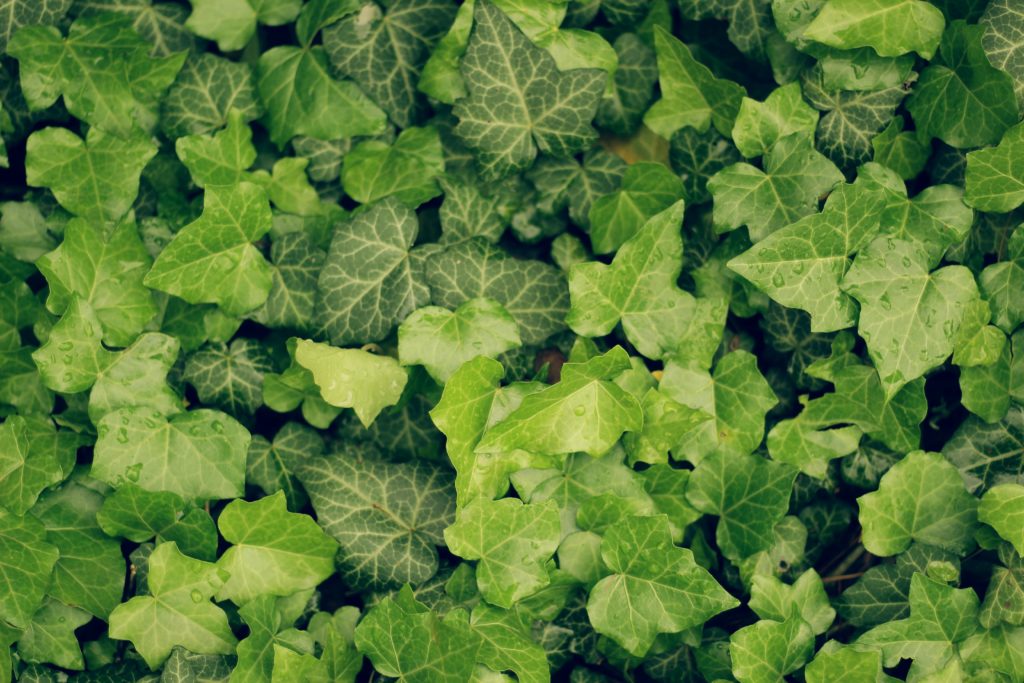
English Ivy is a great option for those who suffer from allergies or asthma. It can remove toxins such as mold and airborne fecal matter from the air. English ivy is also very easy to care for and can thrive in low light conditions. Its unique appearance adds a burst of diversity to any room.
These small houseplants are not only beautiful additions to your home, but they can also help purify the air you breathe. Consider adding one or more of these plants to your home to improve your indoor air quality.
The 5 Best Small Houseplants for Easy Maintenance
If you’re on the hunt for petite plants that are a breeze to tend to, you’re in luck. There are a plethora of options that require minimal attention and can flourish in a variety of environments. Without further ado, here are the top 5 small houseplants for easy maintenance:
Fairy Castle Cactus
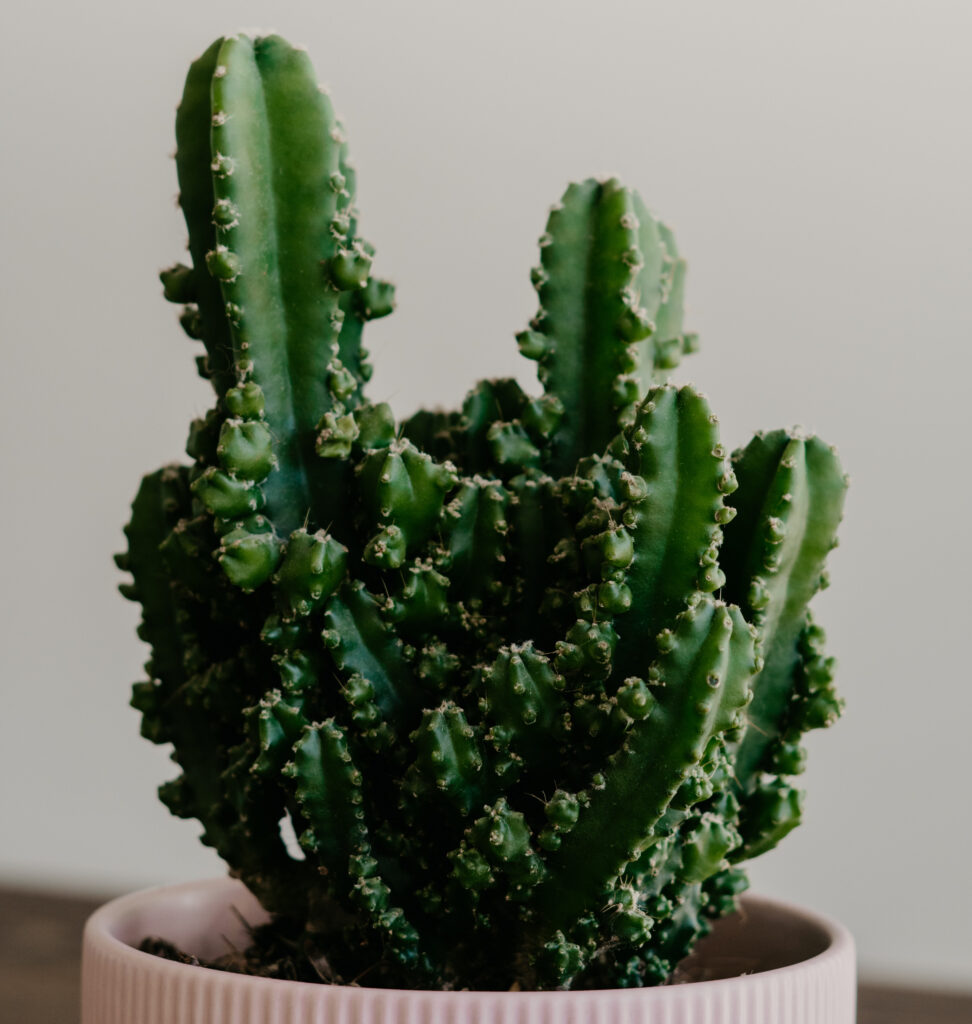
Not surprising that a cactus would make the easy care list, the Fairy Castle Cactus is something more interesting than the typical cacti. Smaller plants look like cute castles, and as the plant grows, the branches continue to expand making these plants look like mini cities. It requires medium to bright light and a little water, but with minimal care, you should be able to keep this stunning cacti happy for years to come.
Philodendron Brasil
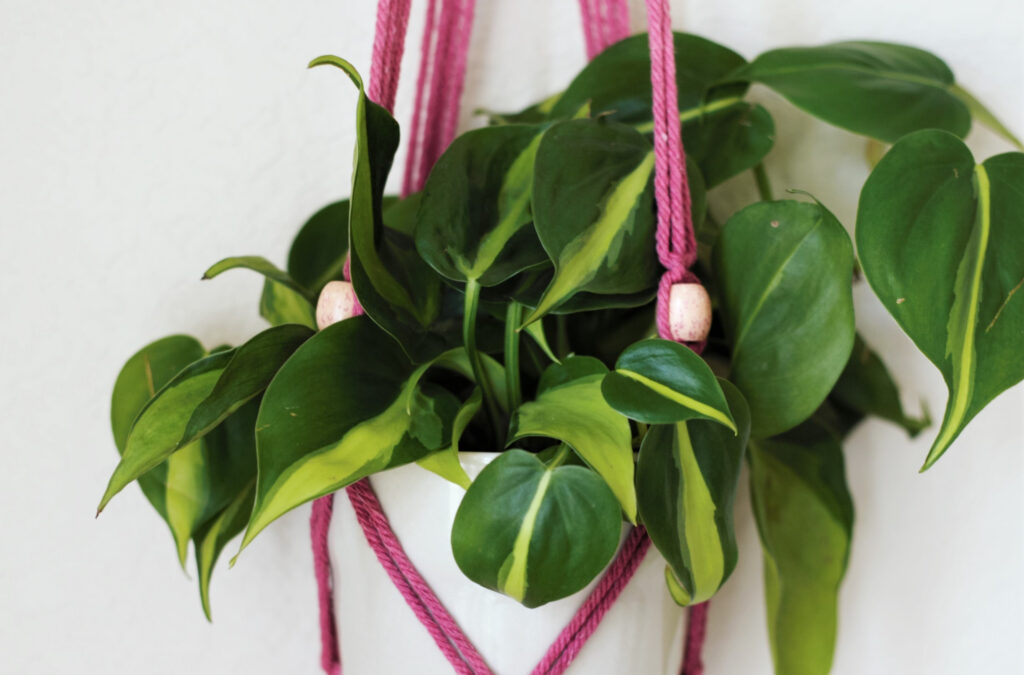
Philodendron Brasil plants can grow in a variety of lighting conditions, from low to bright. It’s also forgiving when it comes to watering, as it can tolerate both over and under watering. The variegated leaves of the Brasil variant add a spash of color and tropical vibes to any small space.
Money Tree
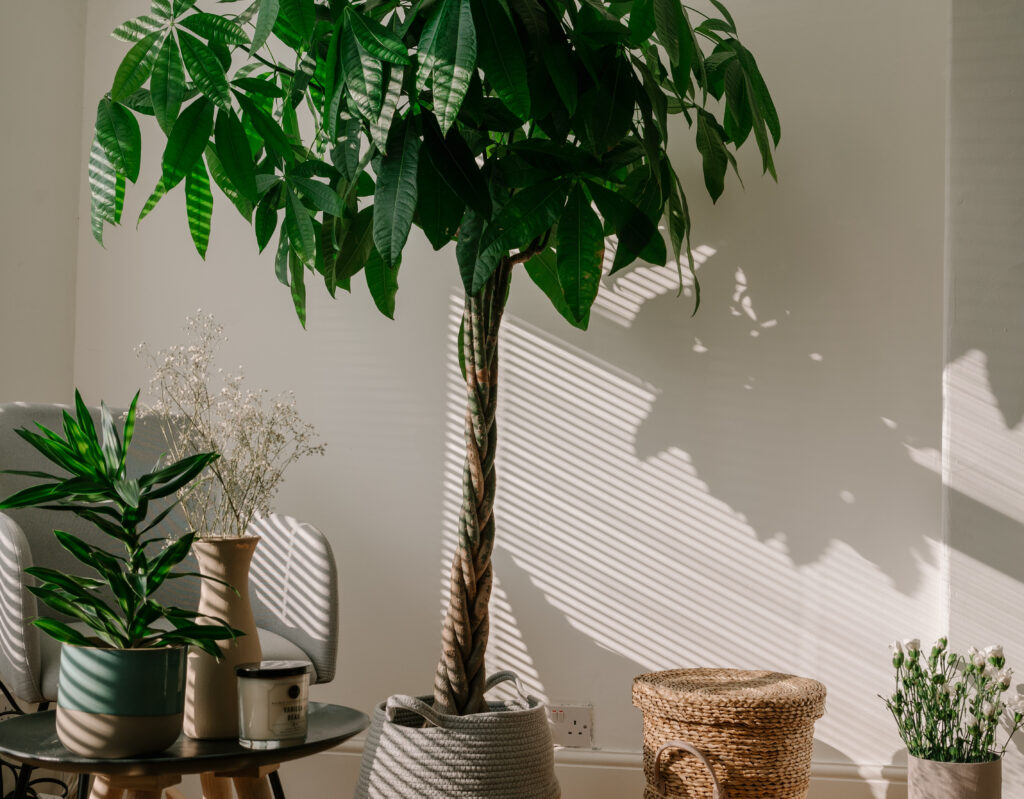
A great addition to any small space, the Money Tree is also incredibly forgiving in nature. It can be grown in a variety of lighting conditions and while it’s a tropical, it won’t hold a grudge if you miss a watering week. These beautiful plants can be left to grow at their will, or you can keep them neatly trimmed back like bonsai trees if space is incredibly limited.
Raven ZZ Plant
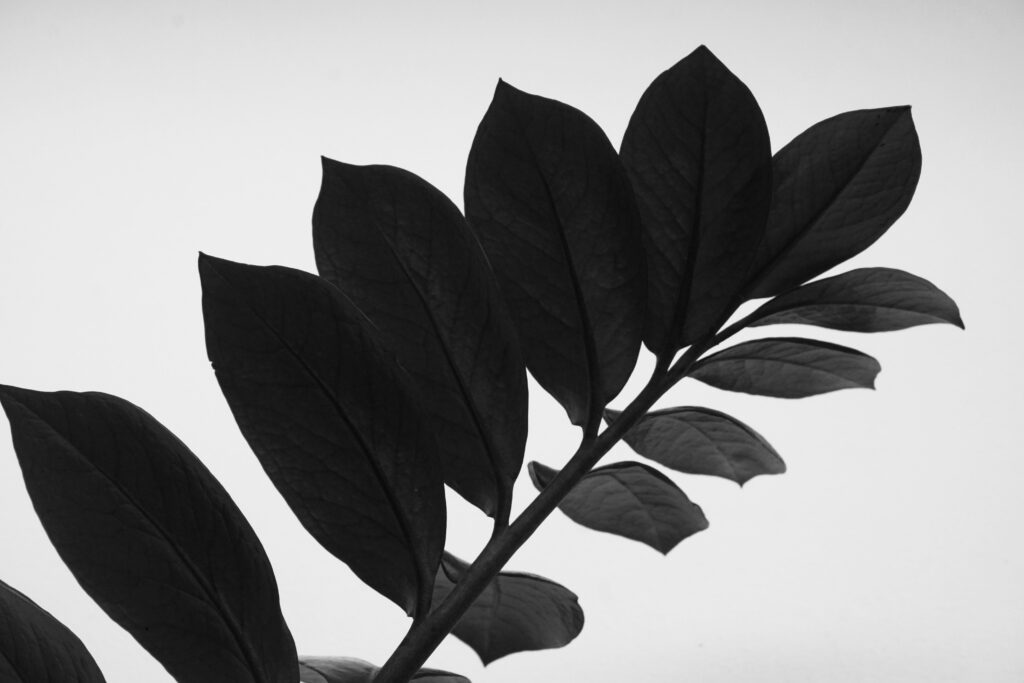
The ZZ plant is a low-maintenance plant that can survive in low light and with infrequent watering. It’s also great for purifying the air in your home. The Raven ZZ is a newer variant that has stunning jet-black leaves that really help this plant stand out among plant collections.
Sago Palm
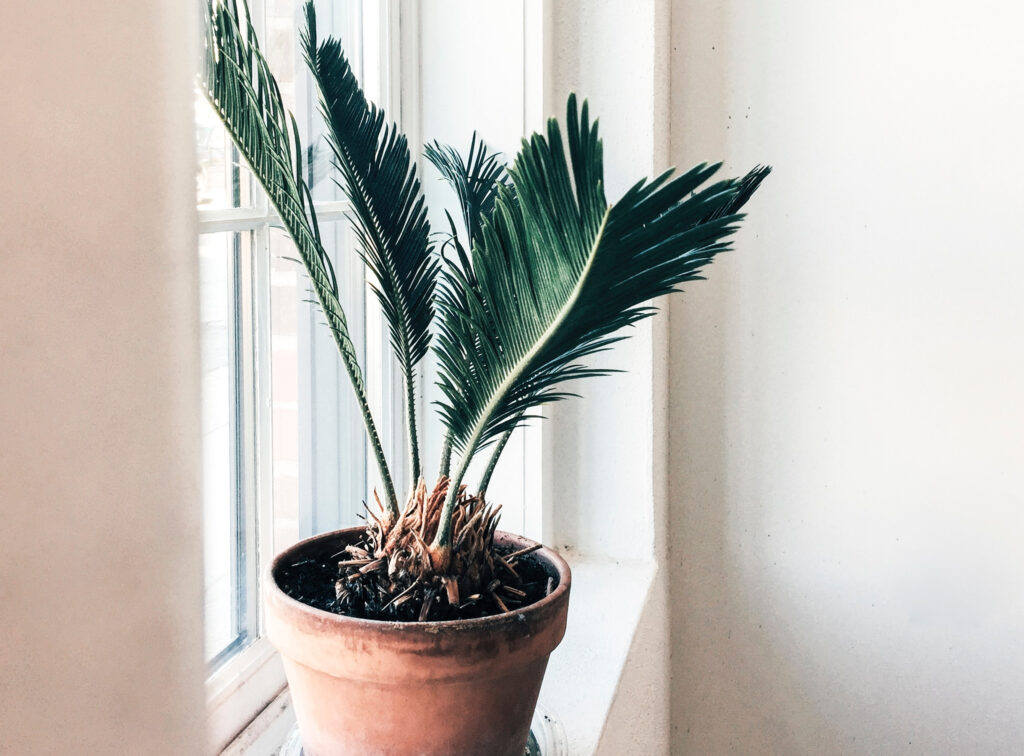
The Sago Palm is a unique member of the palm family, known for its compact trunk and stunning but prickly green palm foliage. It is a slow-growing plant that loves light and has minimal water needs. Their easy-going nature and slow growth make them an excellent choice if space is a particular premium.
Overall, these small houseplants are fantastic options for those who want to add some greenery to their home without the hassle of high maintenance plants. They’re perfect for beginners or those who don’t have a lot of time to devote to plant care.
The Best Small Houseplant Care Tips
Caring for small houseplants may seem like a daunting task, but with a little bit of attention and care, your small houseplants can thrive and add beauty to your home. Here are some tips for caring for small houseplants that will help you keep your plants healthy and happy.
Watering Needs
First, watering is a crucial aspect of caring for small houseplants. It is important to note that small houseplants require less water than larger plants. Overwatering can lead to root rot and other problems. Therefore, make sure to water your small houseplants only when the soil is dry to the touch. You can use a watering can or a spray bottle to water your plants gently.
The Right Lighting
Light is another important factor to consider when caring for small houseplants. Most small houseplants prefer bright, indirect light. You can place your plants near a window that receives plenty of natural light, but avoid direct sunlight, which can scorch the leaves. If your home doesn’t receive enough natural light, consider using artificial grow lights.
The Best Small Plant Soil
Soil is also a crucial aspect of caring for small houseplants. Small houseplants require well-draining soil that is rich in nutrients. Therefore, use a high-quality potting mix that is specifically formulated for indoor plants. Avoid using garden soil, which can be too heavy and may contain pests and diseases.
Plant Nutrients and Fertilizer
Fertilizer is another important aspect of caring for small houseplants. Small houseplants benefit from regular fertilization. Use a balanced, water-soluble fertilizer once a month during the growing season. However, it is important to follow the instructions on the package carefully, as over-fertilization can damage your plants.
Maintenance and Pruning for the Best Small Plants
Pruning is an essential aspect of caring for small houseplants. Regular pruning can help keep your small houseplants healthy and attractive. You can remove any dead or yellowing leaves, as well as any stems that are growing too long or too close to the soil. Use clean, sharp scissors or pruning shears to avoid damaging the plant.
By following these simple tips, you can ensure that your small houseplants thrive and add beauty to your home for years to come.
Common Small Plant Problems (and Solutions)
Small houseplants are a fantastic way to bring some greenery into your home without taking up too much space. Fear not, for here are some solutions to help keep your small houseplants healthy and thriving.
One of the most common problems with small houseplants is overwatering. It’s important to remember that small plants have small root systems and don’t need as much water as larger plants.
To solve this problem, make sure to let the soil dry out between waterings. Stick your finger into the soil about an inch deep, and if it feels dry, it’s time to water. Also, make sure your pot has drainage holes to allow excess water to escape.
On the other hand, underwatering can also be a problem for small houseplants.
To solve this problem, water your plant regularly, but don’t overdo it. Make sure the soil is moist but not waterlogged.
Small houseplants need sunlight to thrive, but they can also be sensitive to too much direct sunlight.
To solve this problem, place your plant in a bright, indirect light source. If you notice your plant is getting too much direct sunlight, move it to a shadier spot or use a sheer curtain to filter the light.
To solve this problem, regularly inspect your plant for signs of pests, such as webbing or sticky residue. If you notice any, isolate the plant and treat it with an insecticidal soap or neem oil.
By following these solutions, you can help keep your small houseplants healthy and happy. Remember to pay attention to your plant’s needs and adjust accordingly.
Conclusion: Choosing the Best Small Plants for Your Spaces
When it comes to selecting the ideal small houseplants for your abode, the process can be both a delightful and fulfilling experience. With a plethora of options available, it is imperative to take into account various factors such as lighting, watering needs, and space constraints before making a final decision. The best small houseplants that you can opt for include succulents, spider plants, pothos, and snake plants, all of which are low-maintenance and can flourish in diverse environments. Whether you are yearning to add a touch of verdancy to your living room or liven up your workspace, there is a small houseplant that is tailor-made for you. So, why not embark on a journey of exploration today? Your home and your well-being will be grateful for it!
Frequently Asked Questions
What are the best small houseplants for beginners?
Some of the best small houseplants for beginners include spider plants, pothos, snake plants, and peace lilies. These plants are easy to care for and can thrive in a variety of lighting conditions.
What are the best small houseplants for low light conditions?
If you have a low light environment, some of the best small houseplants include ZZ plants, snake plants, pothos, and peace lilies. These plants can tolerate low light conditions and still thrive.
What are the best small houseplants for bright light conditions?
For bright light conditions, some of the best small houseplants include succulents, cacti, and spider plants. These plants can handle direct sunlight and will thrive in bright, sunny locations.
What are the best small houseplants for air purification?
Some of the best small houseplants for air purification include snake plants, spider plants, peace lilies, and bamboo palms. These plants can help remove toxins from the air and improve indoor air quality.
What are the best small houseplants for adding color?
If you want to add some color to your space, some of the best small houseplants include African violets, bromeliads, and orchids. These plants come in a variety of colors and can add a pop of color to any room.

